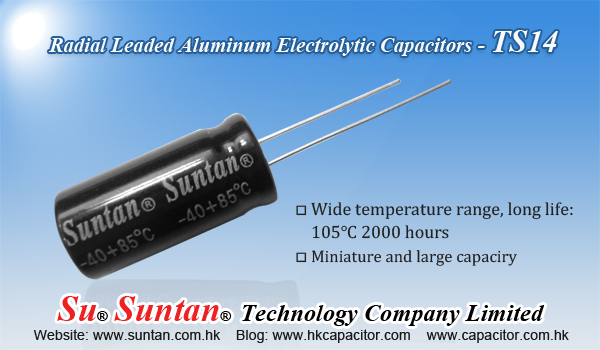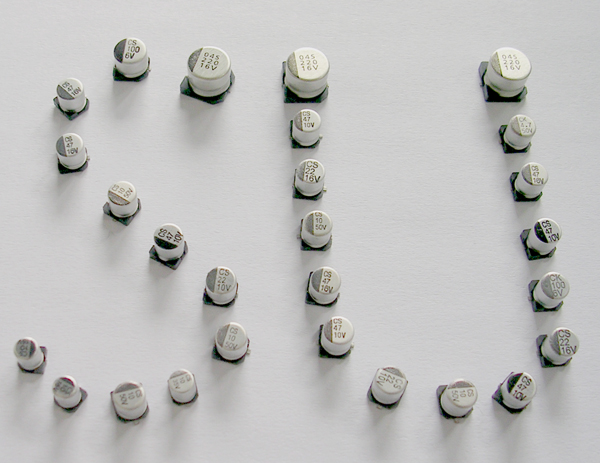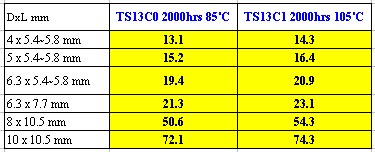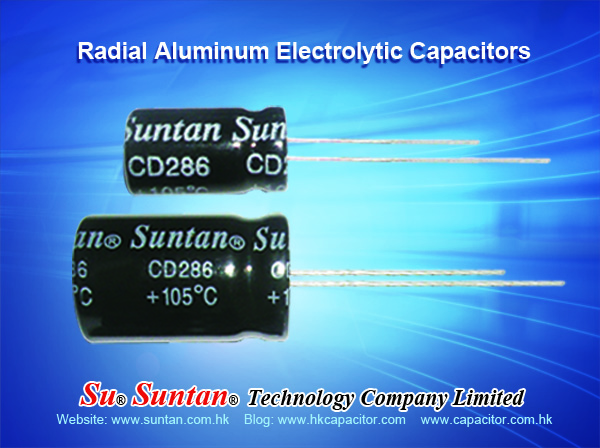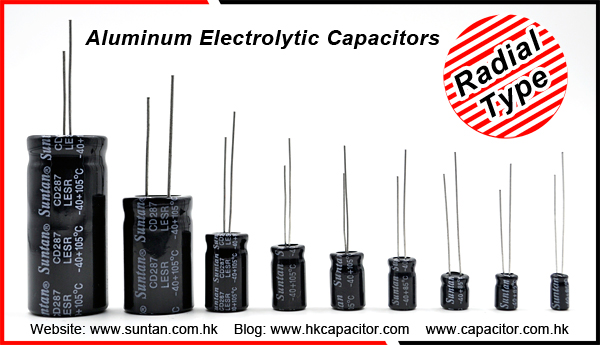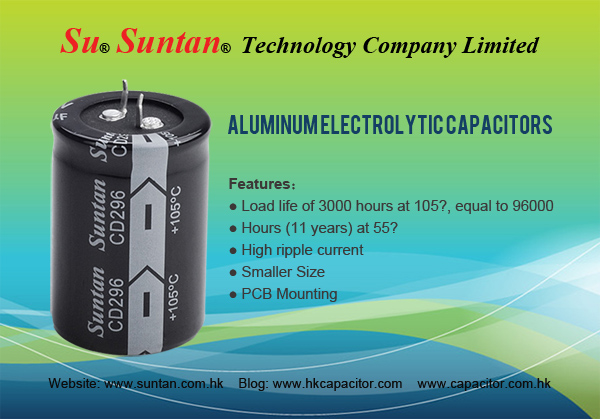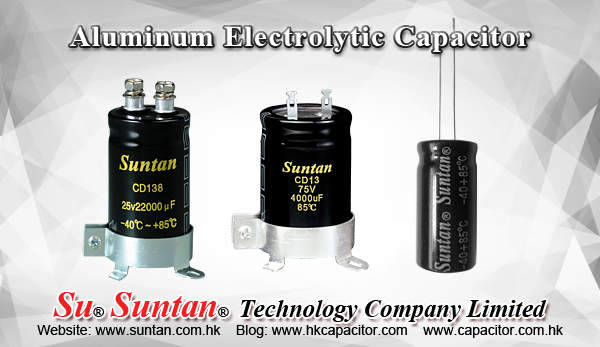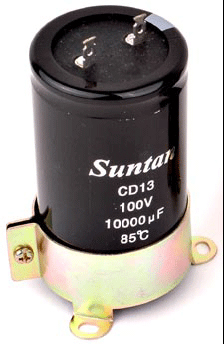Suntan Technology Company Limited
---All Kinds of Capacitors
Since 1978, Suntan Technology Company Limited started in selling all kinds of capacitors from our headquarters in Hong Kong. We mainly produce Dipped & SMD Tantalum Capacitors, Radial & SMD Multilayer Ceramic Capacitors and Aluminum Electrolytic Capacitors.
Here, we focus on introducing the aluminum electrolytic capacitor. It has radial type, axial type, SMD type, snap in type, screw type and LUG type. TS14, as the example of aluminum electrolytic capacitor, belongs to the radial type. Its characteristical includes wide temperature range, long life, mininature and low impedance.
Below is some information about it for you referance.
| Features | LoadLife(85℃) Characteristics |
- Operating Temperature Range(℃) : -40~+105
- Capacitance Tolerance (20℃, 120Hz): ±20%
- Capacitance Range : 0.1uF - 15000uF
- Rated Voltage Range (V) :6.3~100V
- Ripple current performance: Up to 2,000 mA
- Wide temperature range
- Miniature and low impedance
| - Long life:105℃ 2000 hours
- Leakage current :
Not more than the specified value. - Capacitance Change:
Within ±20% of the initial value. - Dissiation Factor: Not more than 200% of the specified value
- RoHS compliant
|
If you want to know more details, please click this link.
http://www.suntan.com.hk/pdf/Aluminum-Electrolytic-Capacitors/TS14.pdf
